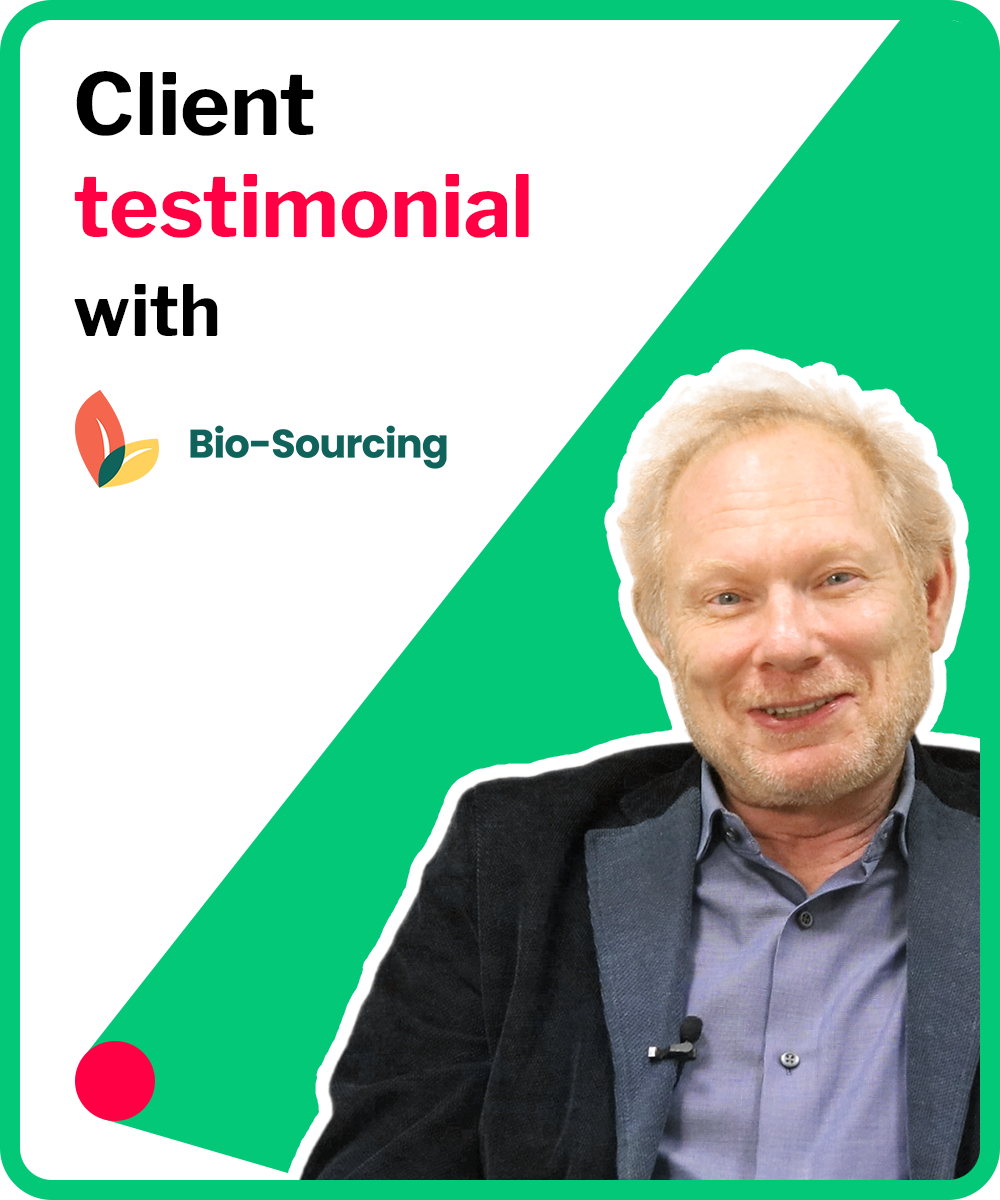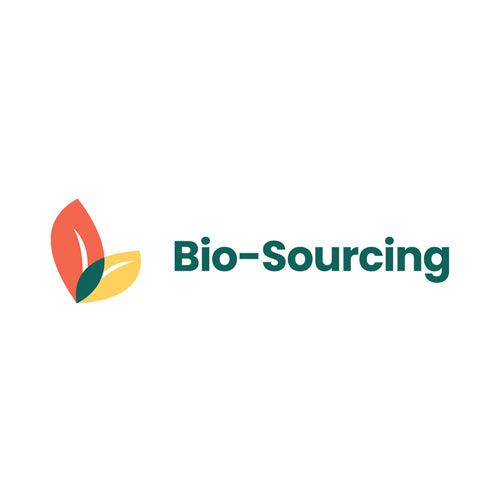
Business case

Validate your project and secure the investment needed for its implementation
For more than 30 years, our specialized team has been supporting companies in building their business cases, to demonstrate the viability of their projects and obtain the financing required to implement them.
They trust us

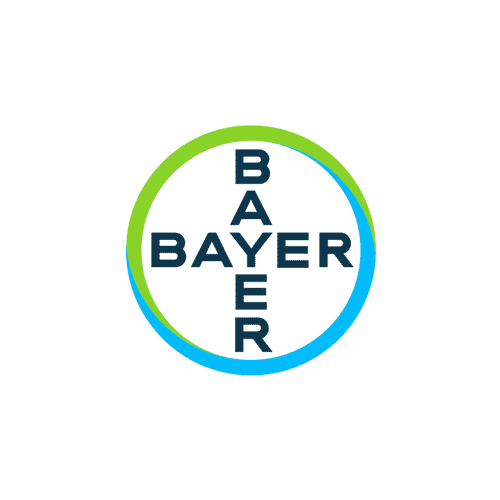
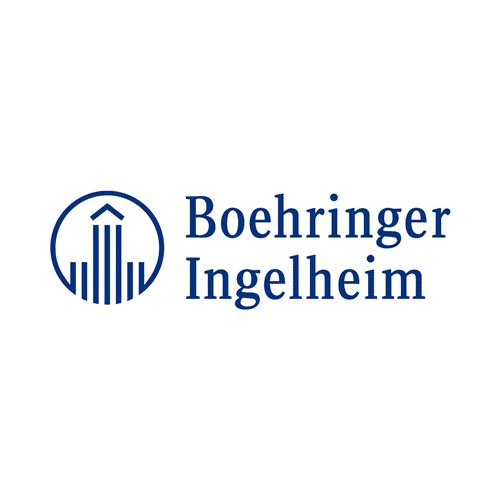



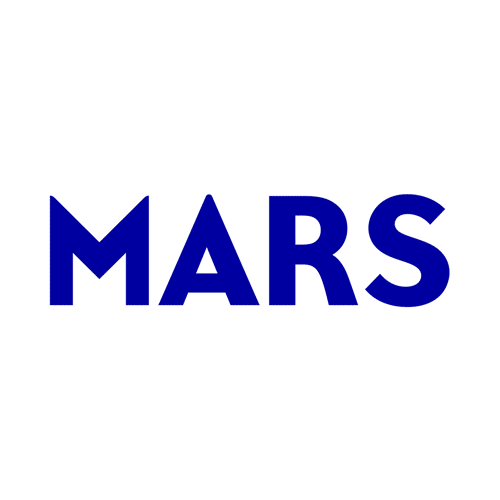


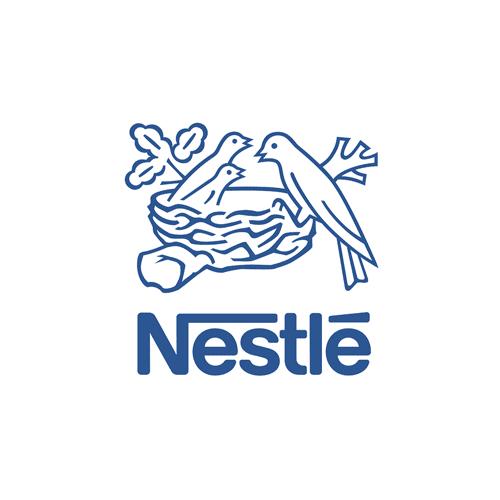
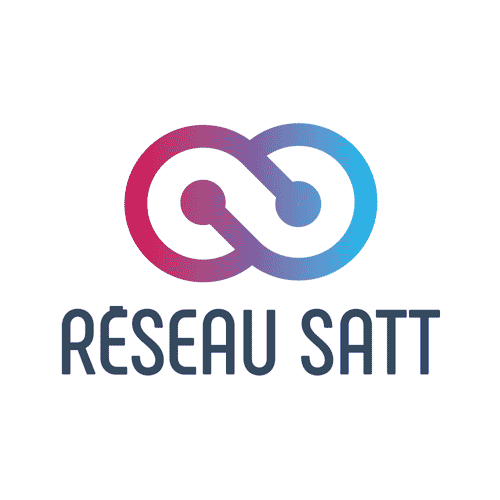
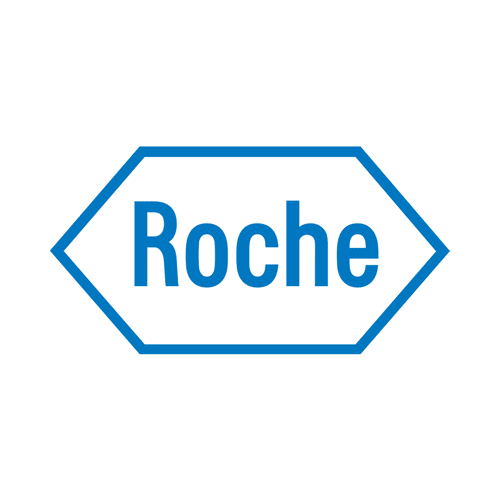


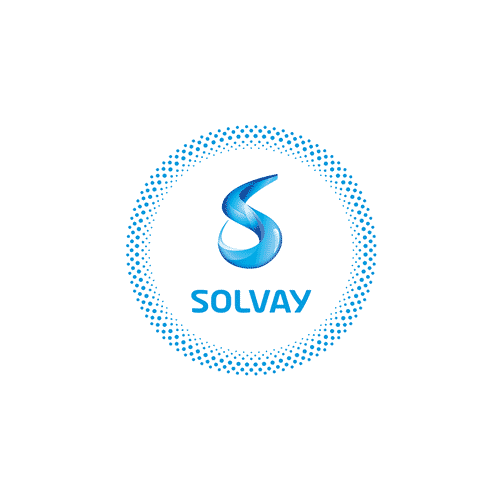

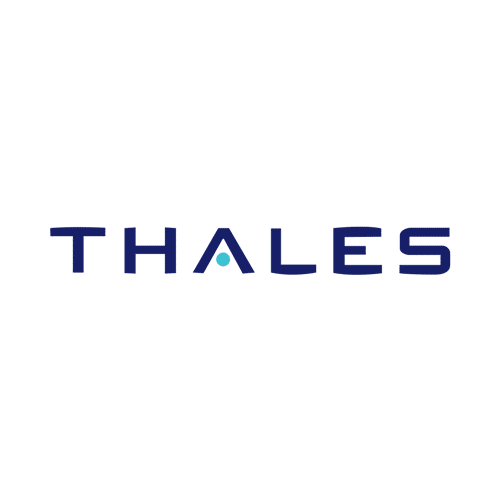
The key success factors of a business case
A business case is a persuasive document used to obtain approval to launch a project and the necessary funding to do so. To make this exercise a success, the construction of the business case must take into account several key success factors:
The first step in defining a business case must be taking time to listen to the voice of the customer either through traditional market research or more advanced social listening approaches that aggregate digital data from social media sources. Investing in this understanding allows companies to understand unmet customer needs as well as how to fill that need with minimal disruption. As a result, companies get a more accurate understanding of the pros, cons, and risks in their projects.
What are the customers’ unmet needs? How does my solution solve the customer’s problem? How is it different from existing competitive solutions?
Companies can usually identify direct competitors in any space. However, with the increase in blended solutions, where traditional products are combined with a data offer or service, competition may be indirect. This occurs because another player, potentially from outside your industry, may have found a different way of solving the same problem. That indirect competition needs to be explored and understood to assess how that will influence the usage of a new product for more realistic market uptake projections.
What creative solutions could indirect competitors provide to my customer’s needs? How can our offer compete with these newer offers? What types of customers would find these non-traditional solutions more appealing?
Business cases and value propositions should be developed iteratively for several reasons. First, customers may not have clearly articulated what their need is in initial market surveys or analysis. Second, prototypes may run into unanticipated technical or adoption hurdles. In addition, new technologies may emerge from competitors or outside your industry. Uncertainty and risk due to these factors can be mitigated by continuously and iteratively refining business cases and value propositions.
Does the value proposition answer an unmet need uniformly across usage scenarios? Should the value proposition be optimized for the most common use case, or should several versions of the value proposition be developed?
How we support you in the creation of your business case
We explore for our clients the major dimensions necessary to build a business case:
- Estimation of direct revenues and their ramp-up
- Estimation of indirect gains
- Analysis of the development plan and costing of associated costs
- Calculation of ROI and generated margins.
Such business cases are based on market data (or epidemiological data in the healthcare field), on the analysis of market receptiveness to the new product/new service, and may require the study of similar cases (via a benchmark) to secure the assumptions made. A robust sales forecasting model from the launch of the product/service to peak sales is thus built!
What they say


"Like a compass, Alcimed helped us determine the fields in which we wanted to develop, in this case biosimilars. Alcimed is our strategic, marketing and operational ally."
Bertrand Mérot
CEO
Examples of recent business cases carried out for our clients
Marketing business cases to explore innovative business models for services through concrete business cases
Our team assisted a pharmaceutical company in the development of a business model for an application to diagnose the different states and severity of depression.
Several models were considered (Free, Freemium, Premium, Paymium) and were evaluated according to patient behavior, price levels and the possibility of reimbursement by insurers in particular.
Each model was analyzed in the form of a complete business case and was the subject of strategic partnership scenarios, which allowed our client to project itself and choose the best model for its application.
Business case to select the priority development axes of a drug discovery platform
We assisted a biopharmaceutical company with an innovative technology in the field of gene therapy in the development of business cases to evaluate and choose R&D development axes.
Our support project was built in 3 phases: we first studied all the therapeutic areas of potential interest and selected the most promising ones, before analyzing the precise indications associated with each of them, allowing us to finally build an appropriate business case for each selected therapeutic area.
Our client was thus able to compare its different development options, estimate the synergies, and focus its R&D on the areas with the greatest potential.
Business case for moving from a product to an integrated solution business model
Our team supported a major supplier of feed ingredients in the transformation of its traditional business of selling solid methionine in powder form (an essential amino acid) to the distribution and sale of methionine in liquid form, which requires, for example, storage tanks.
Our explorers conducted a field investigation on 4 continents (in the United States, Latin America, Europe and Asia) with breeding organizations and equipment suppliers in order to evaluate the market receptivity and to define for our client the most relevant business model for its new approach (price, contractual terms, payment terms).
Our analysis of the different markets explored led to the construction of a complete business case by region allowing our client to model the sales forecast of its new model and to confirm this evolution.
Business case for a “smart production” activity in the aeronautics industry
We worked for a leader in the aerospace industry to evaluate possible business models and develop a business case for the deployment of CoBOTs (Collaborative Robots) in manufacturing sites.
We assisted our client in evaluating the possible uses of these robots working in the same areas as the teams, in analyzing the induced savings and in developing the roadmap for the deployment of these machines.
A complete business case was built to support the project with our client’s management committee.
Creation of a business case for a healthcare start-up via a pre-business development project across US markets
Our team supported a French startup in scoping potential clients in US markets to help develop their market entry strategy business case to bolster confidence with investors.
To do so, our team investigated all the known US hospitals with the necessary surgery capabilities through publicly available databases to gauge the potential market size for the client’s device. Additionally, we performed an analysis on which hospitals to prioritize as priority targets based on quantity of those surgery activities. We provided our client with an interactive database of relevant surgical centers in the US organized by their estimated level of interest in their device. Our team also assessed the level of certifications and strength of facilities of specialty surgical centers and factored the analysis into the priority target assessment.
This assessment provided a detailed strategy for US business development and helped to finalize our client’s business case and reassure investors about our client’s familiarity with the US market and readiness for launch.
Development of a business case for using modified human protein for the treatment of heart failure
Alcimed worked with a pharma player to develop a business case for using a recombinant human enzyme in the treatment of heart failure.
Across the US, EU, and Japan, our team determined the competitive landscape for our client’s protein and performed scenario planning on peak sales and net present value. Our assessment was done through an in-depth investigation into heart failure and the unmet medical need from current treatment strategies.
In the end, we provided a detailed accounting of pre-clinical products in current pipeline of competitors and estimates on potential revenue, to provide our client recommendations on whether to move forward into subsequent animal studies. The exploration of this topic assisted our client in finalizing its business case to decide on which programs in their pipeline to advance for further development.
Definition of a business case to estimate new revenue models of two extension markets for a biotech player
Alcimed assisted an international biotechnology player in estimating potential revenue models corresponding to the identified extended markets for two diseases, to develop a business case and be better prepared for future discussions with potential investors.
To do so, we conducted extensive research on both diseases to build the potential revenue models of the two extension markets. Scenario planning of peak sales for the extension markets were performed via interviews with key opinion leaders in both disease fields and analysis of best available data.
On this basis, our team was able to assess our client’s financial opportunity and risk associated with both extension markets and provide insight on the key factors needed to achieve success.
Deciphering of pricing models of algorithms in the digital pathology software market to complete a business case
Alcimed assisted an international software manufacturer to finalize their business case by understanding the pricing models they can employ to be competitive in the diagnostics algorithm space for digital pathology.
To help our client understand the current value proposition of players in the field and define the ideal value proposition for their algorithm, our team investigated the unmet needs and receptivity to the potential digital pathology offer. This investigation was conducted across the US and EU countries and targeted a representative sample of varied laboratories and key stakeholders for discussions.
Through this investigation, our team delineated the current pricing practices and the likelihood that particular pricing strategies would either encourage or hinder the adoption of new digital pathology algorithms. Our client’s short- and long-term product enhancements were also defined in order to implement their preferred pricing strategy.
Development of a business case to optimize access and adoption of a radiopharmaceutical product
We supported a leading pharmaceutical company in developing a business case to optimize access and adoption of a radiopharmaceutical product. Our client was facing numerous logistical constraints in US treatment centers, severely limiting access to its product.
To develop this business case, our teams mapped and ranked treatment centers in the U.S., identifying the most promising based on their ability to use our customer’s radiopharmaceutical product. We designed an interactive tool to visualize these centers and prioritize them according to criteria such as potential patient volume, for example. This analysis also enabled us to target centers where specific actions could be implemented to alleviate logistical constraints and maximize product adoption.
At the end of the project, our customer was able to structure the assumptions of its business case, including a realistic number of centers to target and an estimate of the volume of patients concerned. We also co-defined concrete steps and priority actions to be implemented to improve access and adoption of his radiopharmaceutical product on the US market.
You have a project?
To go further
Founded in 1993, Alcimed is an innovation and new business consulting firm, specializing in innovation driven sectors: life sciences (healthcare, biotech, agrifood), energy, environment, mobility, chemicals, materials, cosmetics, aeronautics, space and defence.
Our purpose? Helping both private and public decision-makers explore and develop their uncharted territories: new technologies, new offers, new geographies, possible futures, and new ways to innovate.
Located across eight offices around the world (France, Europe, Singapore and the United States), our team is made up of 220 highly-qualified, multicultural and passionate explorers, with a blended science/technology and business culture.
Our dream? To build a team of 1,000 explorers, to design tomorrow’s world hand in hand with our clients.
A business case, or feasibility study, is a document presenting the benefits of a project, projected revenues, its return on investment (ROI), and the investment required to realize it. A business case is often designed to persuade, to defend a project and to decide on an investment.
A business case is a document that defines the value a business will deliver if its plans are executed and describes the benefits the company will receive compared to the costs involved. A business case is often created to convince an audience on the potential of a project and decide on an investment.
Several objectives need to be reached when elaborating a business case:
- Evaluating the feasibility of the project in terms of budget, timing and resources.
- Identifying the competitive advantages of the project and the value it will bring.
- Assessing the risks of the project and how to mitigate and manage these risks.
- Planning the resources needed to execute the project notably in terms of people and equipment.
- Detailing how to implement the project and monitor its performance.
